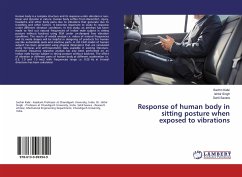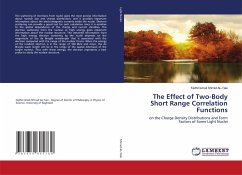Human body is a complex structure and its response under vibration is non-linear and dynamic in nature. Human body suffers from discomfort, injury, headache and other body pains due to vibrations that generate due to travelling and other factors. It becomes important to study its response under different vibration conditions. In this study, an attempt has been made to find out natural frequencies of Indian male subject in sitting posture without backrest using FEM under un-damped free vibration conditions. The results of modal analysis i.e. values of natural frequencies and its mode shapes will be helpful in designing of products for human use like automobile seats and machine parts. A 3-D CAD model of human subject has been generated using physical dimensions that are calculated using formulas and anthropometric data available in existing literature. Harmonic frequency response analysis has also been performed on an Indian male human subject in sitting posture without backrest. The effect of vibration in different parts of human body at different acceleration i.e. 0.5, 1.0 and 1.5 m/s2 with frequencies range i.e. 0-20 Hz in tri-axial directions has been calculated.








